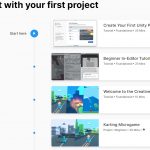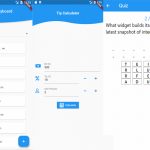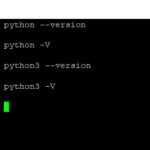This blog post will help you understand the terminology of Drupal and what it means for your business. It will also help you better communicate with developers, which is essential in order to create a site that meets your needs. This article will focus on some basic terms such as modules, blocks and views.
Node – A node is a single unit of content on your Drupal site. You can think of it as similar to an article, page or blog post you would see on a regular website.
Content Types – Content types are pre-built groupings of fields and settings for nodes that allow you to create a node without having to enter all the information every single time. For instance, if you create a “Testimonial” content type with the fields of name and quote; it will automatically populate those two fields for all future nodes that are created as testimonials.
Taxonomy – Taxonomies categorize your site into different sections such as categories or tags to make them easier to find on your website A taxonomy could be anything from animals, food items, street signs etc.).
Vocabulary – Vocabularies function similarly to taxonomies but they group together more closely related information (e.g., in this case one vocabulary could be types of pets). They can also include terms like colors and emotions which might not neatly fit into an existing category system.
Entity – This is the base level of content on your Drupal site. When you create a new post or page, it will start out as an entity.
Fields – Fields are different types of information that can be collected about each node (e.g., “Title”, “Content” and “Tags”). There are many built in fields which come with Drupal such as publication date, but others modules might provide certain custom fields for specific applications like tracking products inventory
Bundle – Bundles allow users to reuse prebuilt sets of functionality from other modules onto their own projects within a few clicks instead of having to manually install them one by one. For example: if you want multiple similar blocks on your website then bundles could help you quickly set that up by combining all the blocks into one.
Theme – A theme provides the design and layout for all nodes within that respective cluster (e.g., “Business” or “Events”). This includes text styling, images, colors and features like slider images or featured content areas.
Block – Blocks are elements within your page which can contain any type of information that is relevant to a certain area of the site (e.g., “Who we work with” block). These blocks can be moved around on a Drupal website as needed depending on what you want them to appear near
Module – A module provides specific functionality for your website in order to help it do something new or better than before. For example, there’s an SEO module will allows your business’ posts to show up higher on Google search results because they have been optimized accordingly
Views – Views allow you customize how data from modules appears when someone visits your webpages according to your preferences (e.g., you might want to display a list of posts instead of just headlines).
Menu – The menu is the main navigation for your website, which can be found on every Drupal page. It’s important because it allows visitors to easily find their way back to pages they are interested in and also has dropdown menus that make certain actions possible such as editing content or adding new content



